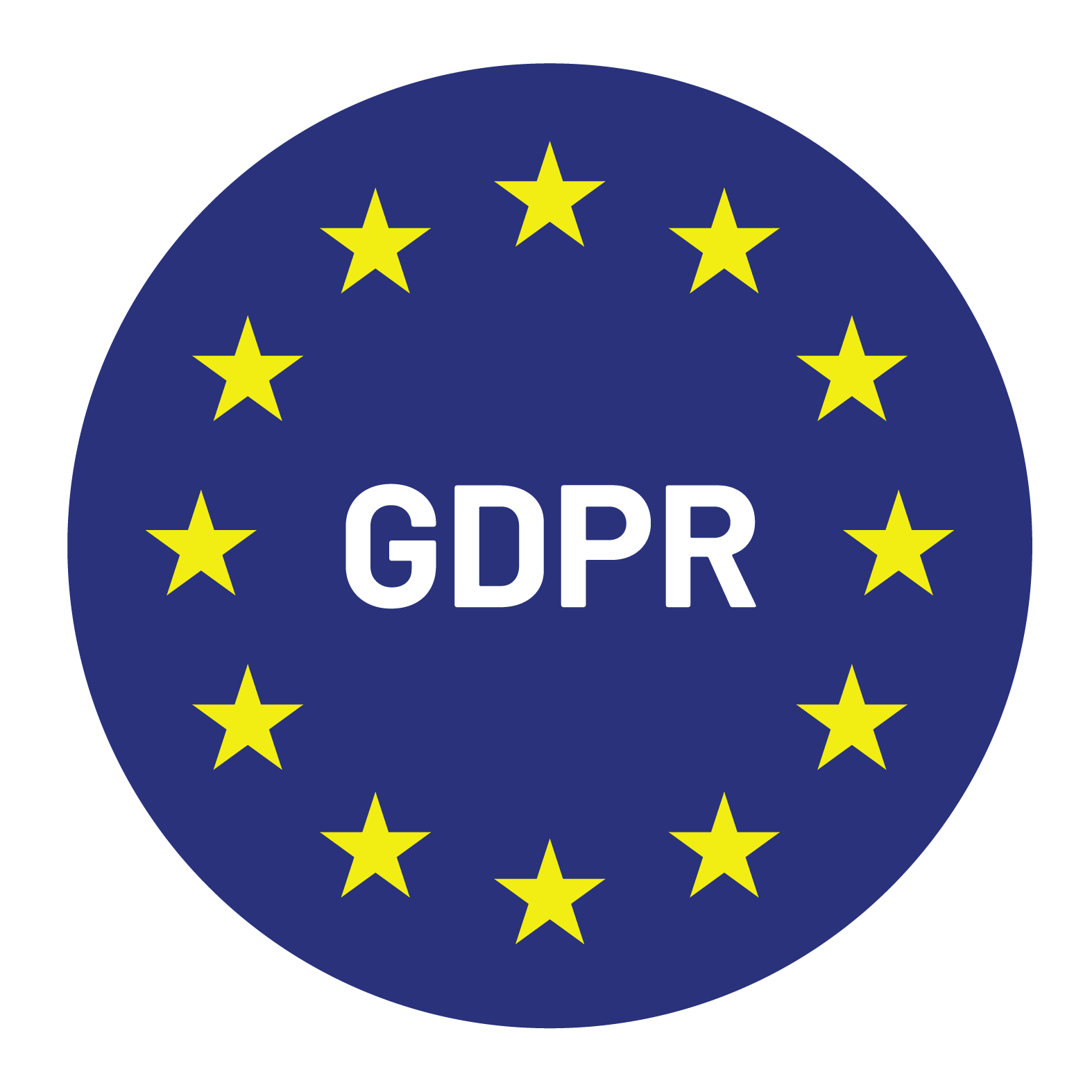

Content Writer for Whistle with multidisciplinary experience spanning over a decade.
Cross-selling is a skill that separates good sales teams from great ones. When done right, it doesn’t just increase revenue—it strengthens customer relationships and enhances the overall experience. But if we’re being honest: objections can feel like a brick wall, especially when they catch you off guard. The good news? Most cross-selling objections follow predictable patterns, and they’re not as daunting as they seem with the right strategies.
We’re breaking down why objections happen, how to handle them effectively, and how to avoid common pitfalls. By the end of this blog, you’ll have actionable tactics to turn resistance into results.
If your customer doesn’t trust you, any cross-sell will feel like you’re just pushing for more money. And why wouldn’t it? Without trust, there’s no foundation for your offer to stand on. Trust isn’t built overnight—it’s the result of consistent, meaningful interactions that show the customer you’re invested in their success, not just the transaction.
To fix this, focus on building rapport first. Personalize the conversation by referencing specific details about their business, challenges, or previous interactions. Show them you’ve been paying attention. Active listening is your best friend here; acknowledge their concerns and ask thoughtful questions that reveal genuine interest in their goals. Offering tailored insights or quick wins—even when they don’t immediately lead to a sale—can demonstrate your expertise and goodwill.
Cross-selling shouldn’t be the first move—it should feel like a natural next step because the customer sees you as someone who understands their needs and prioritizes their best interests. Trust is earned through actions, not promises, and it’s the foundation of any successful upsell or cross-sell.
A customer’s polite “no thanks” often boils down to one thought: Why does this matter to me? If your suggestion seems generic or disconnected, it’s a hard sell. Worse, it risks making the customer feel like you don’t really understand their needs or priorities.
The solution is relevance. Use every tool at your disposal—customer data, past conversations, or insights into their current challenges—to craft an offer that speaks directly to them. For example, if a customer recently upgraded to a premium software plan, an add-on tool that enhances its functionality will feel more natural and purposeful.
It’s also worth taking the time to explain how the additional product or service solves a specific pain point or helps them achieve a goal they care about. Customers are much more likely to buy when they can see how the offer fits into their bigger picture. Avoid vague pitches—focus on concrete benefits and outcomes. When the customer can connect the dots without effort, they’re far more likely to say yes.
Hearing “It’s too expensive” can feel like a dead end, but often, it’s just a knee-jerk reaction to an unclear value proposition. Customers don’t mind spending money when they see the return—or when the cost feels like an investment rather than an expense.
Reframe the conversation to focus on long-term value or specific benefits. Start by understanding the customer’s budget constraints and priorities. Is this a cash flow issue, or do they simply need to see a clearer justification for the spend? Position your offer in terms of what it delivers: saving time, reducing risks, improving efficiency, or increasing revenue.
Concrete examples work wonders here. Show them how similar customers have seen measurable benefits, or break down the cost into manageable increments to make it more approachable. Whether it’s bundling options, emphasizing ROI, or offering a pilot period, your job is to shift the focus from price to worth. A well-framed offer doesn’t feel expensive—it feels like a smart decision.
Objections are often rooted in a customer’s need for reassurance. Acknowledging their concerns rather than dismissing them shows you’re listening and prioritizing their needs. Empathy doesn’t mean agreeing with every objection—it means addressing them respectfully and thoughtfully.
For example, if a customer says, “This doesn’t feel relevant,” try responding with: “I hear you. Could I share why I thought this might help, based on our earlier discussion?” This approach keeps the conversation open while demonstrating that your suggestions are informed by their specific situation. By taking the time to understand their perspective, you turn objections into opportunities for collaboration.
Sometimes customers reject an offer because they don’t see how it fits into their goals or solves their problems. This isn’t a rejection of the product—it’s a sign that the benefits need to be clearer.
When reframing, focus on outcomes that matter to them. If you’re presenting an add-on to a software solution, avoid generic pitches about features. Instead, connect the dots for them: “This integration can eliminate repetitive tasks and speed up approval workflows, helping you complete projects faster.” By articulating a direct link between your offer and their goals, you make the value undeniable. Clarity and specificity build a stronger case than vague assurances ever could.
Data gives you leverage without sounding pushy. Use insights from CRM tools like Hubspot or sales analytics to support your recommendations. If you know their purchase history or recurring pain points, use that information to show how your offer aligns with their needs.
For example: “I noticed you’ve been investing in X. This tool complements that by addressing Y, which might save you time on Z.” Data-driven pitches don’t just sound smarter—they’re harder to refute.
When a customer brushes off your offer, timing is often the issue. Acknowledge their hesitation, but keep the focus on future value.
You could say: “Totally understand. Many of our customers felt the same way initially, but they found that adopting this early gave them an edge when they needed it most. Want me to walk you through how it might fit into your plans down the road?”
Price objections need a clear value argument. Don’t just defend the cost—illustrate what they’ll gain.
Try this: “I hear you. Let me show you how this could save you money long-term. For example, bundling this with your current package reduces your overall spend while adding features that might eliminate the need for X.”
This stalling tactic often signals uncertainty, not disinterest. Address it by offering clarity and a subtle sense of urgency.
Say: “Of course. To make it easier, I can share some examples of how others in your position have used this successfully. Also, just a heads-up—this promotion is only available until [specific date]. Let me know if you’d like to take another look together.”
When you throw too many cross-sell offers at a customer, it’s overwhelming. Stick to one or two relevant suggestions to keep the conversation focused.
Cutting off objections or jumping into a rebuttal is a surefire way to lose trust. Let the customer speak, understand their hesitation, and respond thoughtfully.
Sometimes the objection on the surface isn’t the real issue. If a customer says, “It’s not the right fit,” dig deeper: “What specifically about it feels off?” This helps uncover the real barrier so you can address it effectively.
A well-crafted library of responses to common objections can make all the difference. Tailor these to specific products, personas, or objections to ensure your team is prepared.
Regular training is essential. Role-playing exercises, peer reviews, and objection-handling workshops keep your team sharp and ready for anything.
The smartest sales teams use CRM tools and analytics to do more than track data—they use them to refine how they handle objections and identify patterns that reveal what their customers truly care about. With technology, you’re not guessing; you’re responding to insights, making each cross-sell offer more precise and compelling.
Cross-selling isn’t about padding the bottom line with extras. It’s about understanding your customer well enough to present something that makes sense for them—a solution that feels obvious because it addresses their needs. When you handle objections thoughtfully, you’re not just closing deals; you’re reinforcing trust and credibility.
At Whistle, we’ve learned a thing or two about helping teams succeed—800+ campaigns and $100M+ in opportunities have taught us what works. We bring that experience to the table, blending smart strategy with practical solutions to help you raise the bar.
If you’re ready to approach cross-selling with more confidence and finesse, we’d love to help. It’s what we do best.


© Copyright – Whistle 2023